“Sterilizing” a product means to inactivate all micro-organisms and thermally resistant enzymes through a sever heat treatment.
“Sterilizing” a product means to inactivate all micro-organisms and thermally resistant enzymes through a sever heat treatment. Possibility of keeping the final product at room temperature for an extended shelf life is the major advantage of such a powerful heat treatment. Therefore, food producing factories can send their products over long distances at a reduced cost due to mitigation the need for refrigeration. This setup has a wide application in food industry, mainly in Dairy and Beverage factories.

As another example, milk stored for long time at low temperature may contain high numbers of Psychrotrophic bacteria which can produce heat-resistant enzymes that are not completely inactivated by sterilization. These enzymes can cause changes in taste such as rancidity, bitterness or even gelation problems (age-thickening or sweet curdling). The bacteriological quality of the milk must be high. This applies not only to the total bacteria count but also, and even more important, to the spore count of spore-forming bacteria which may cause a negative impact on “Sterilizing Efficiency”.
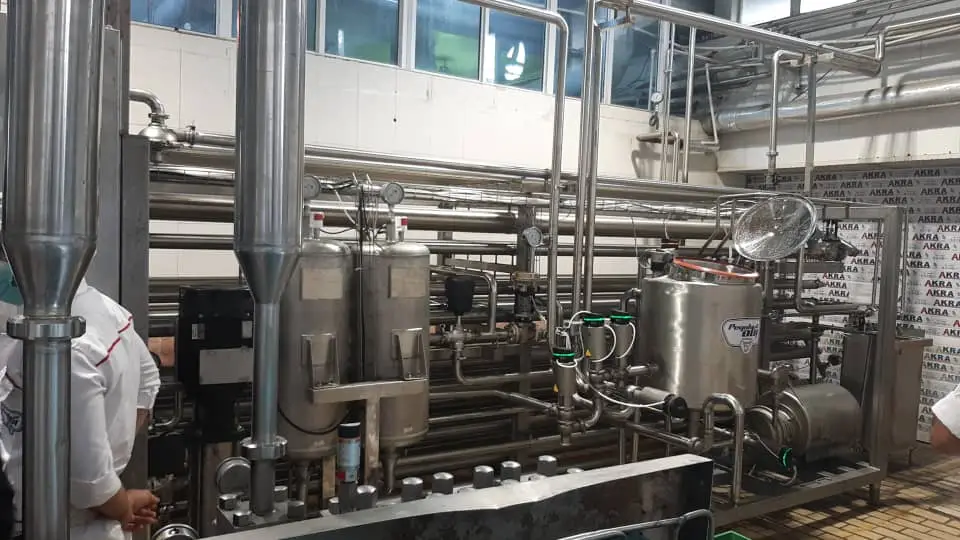
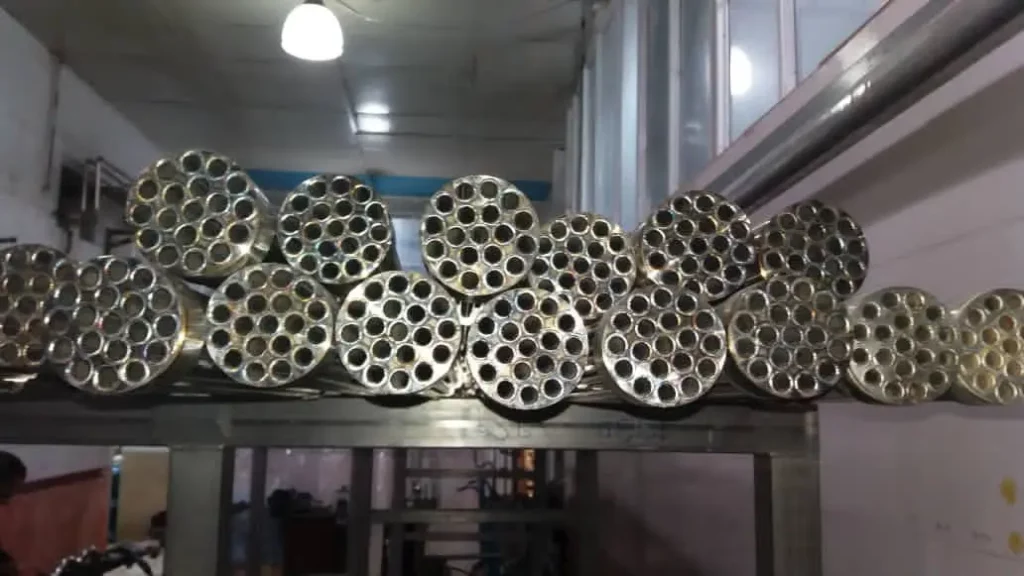
When the heat treatment is applied to micro-organisms and/or bacterial spores, not all microorganisms are killed at once. Instead, a certain percentage is destroyed in a given period of time while the remainder survives.
If the surviving microorganisms undergo the same treatment anew, an equal percentage of the survived micro-organisms will be killed, and so on. In other words, a given exposure to sterilizing or disinfectant agents always kills the same proportion of micro-organisms present, however many or few they may be. So, the lethal effect of sterilizing process on micro-organisms can be expressed mathematically as logarithmic function as below:
Kt = Log(N/Nt)
Where N is number of micro-organisms originally exist, Nt is the number of micro-organisms after the treatment, t is the given time and K is a constant.
Each sterilization process can be characterised by a certain sterilizing effect. In any heat sterilisation process, the sterilizing effect is determined by the time/temperature condition applied. The higher the temperature and the longer the holding time, the more efficient the process, i.e. the greater the sterilizing effect. Equipment for in-flow sterilization (UHT treatment) usually has a sterilizing effect of around 10 to 12 as tested with B. subtilis spores and around 8 when spores of B. stearothermophilus are used, while the effect of in-container sterilization must not be lower than 12 when Clostridium botulinum is used.
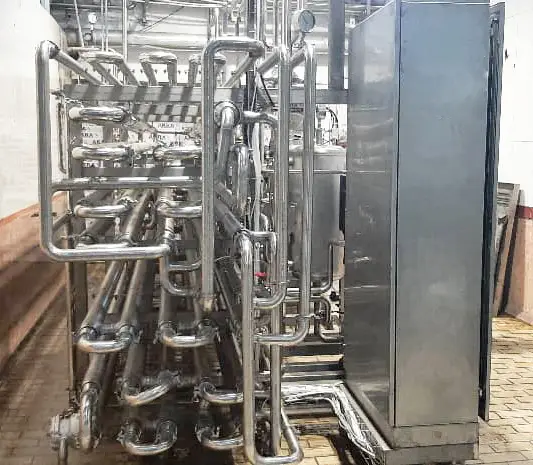

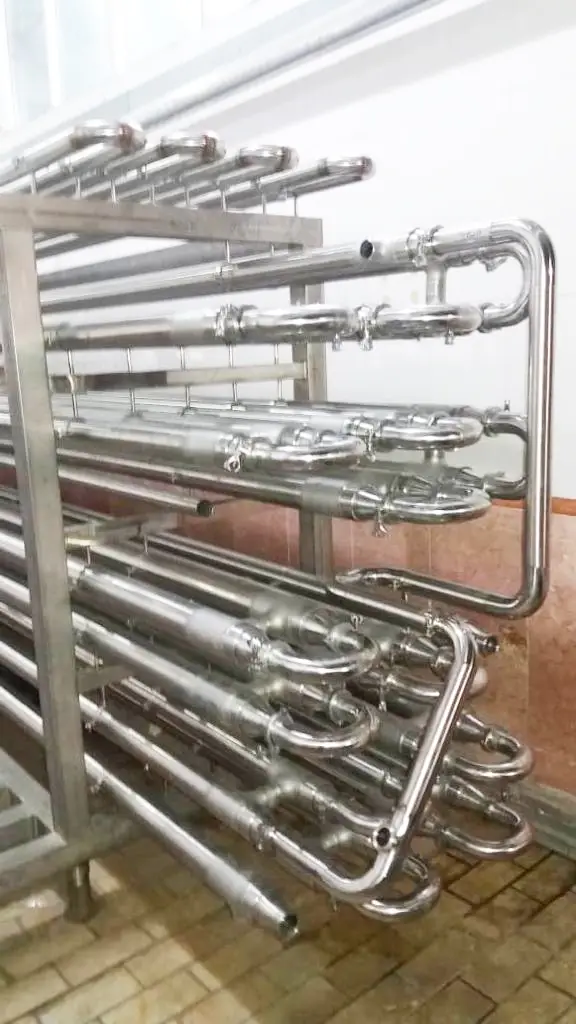
There are two types of UTH Sterilizers, Direct and Indirect. In the first type, steam is admitted directly into the product, however, in the latter one heat is transferred through pipe thickness. Due to the exorbitant price of direct systems and despite their better mouthfeel, they are used less than indirect types.
In direct UTH sterilizers, at first the feed is sent to the preheater where it is heated by the outgoing product to 80ᵒC. Then after, the preheated stream is pumped to the steam injection nozzle. The steam injected into the product instantly raises the product temperature to about 140ᵒC. The product is held at UHT temperature in the holding tube for a few seconds before it is flash cooled. Flash cooling takes place in the condenser-equipped expansion chamber in which a partial vacuum is maintained by a pump. The vacuum is controlled so that the amount of vapor flashed off from the product equals the amount of steam previously injected. Then after, the milk will be sent to homogenizer. Due to the direct contact of steam and product in this type, fatty materials may coagulate and consequently, the aseptic homogenizer must be placed downstream of sterilizer.
The homogenized stream, will be cooled down to ~20ᵒC by a regenerative process with cold inlet stream.
However, an aseptic downstream homogenizer is preferred due to the improvements in the texture and physical stability of certain products like cream.
The preheated, homogenized product continues to the heating section of the tubular heat exchanger where it is heated to about 140°C. The heating medium is a closed hot-water circuit with the temperature regulated by steam. After heating, the product passes through the holding tube, dimensioned for about 4 seconds. Finally, cooling is performed regeneratively in two sequences: first against the cool end of the hot water circuit, and then against the cold incoming product. The product that leaves the regenerative cooler continues directly to aseptic packaging or to an aseptic tank for intermediate storage.

The complete operational cycle of a UTH Sterilizer includes the following steps:

Capacity (kg/hr) | A (mm) | B (mm) | C (mm) |
8000 | 6000 | 3000 | 2600 |
18000 | 6000 | 3500 | 4000 |
DTECH co established its continuous and valuable work to improving the quality level and standards of operation in the field of designing, manufacturing, installing and setting up machinery and equipment in food, pharmaceutical and chemical industries.
© 2023· All right reserved for DTECH company·